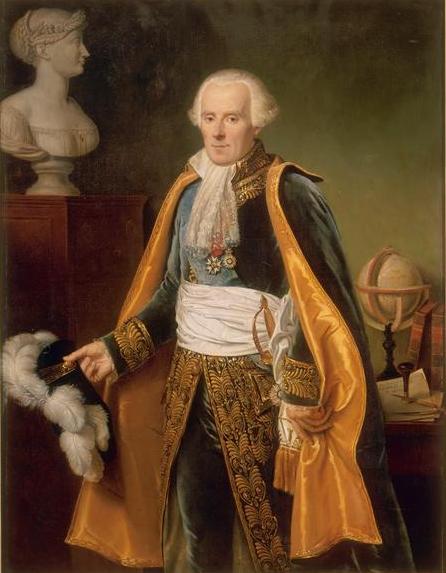
Pierre-Simon Laplace (1749 – 1827) was the greatest mathematicians of his day and one of the most influential scientists of all time. He is sometimes referred to as the Newton of France.
Laplace was born in Normandy, France to a family of modest means and at the age of sixteen was sent to the University of Caen to study theology. At the University he met two professors of mathematics who spurred his interest in mathematics. His advanced mathematical abilities were quickly recognized and by the time he was 20 he was working with the famous French mathematician and philosopher, Jean D’Alembert.
Laplace was influential to science in a variety of areas. His early work in mathematics began on differential equations and his later work helped to advance the fields of statistics and probability. In-between, published work on celestial mechanics showing the stability of the solar system. He brilliantly used mathematics and the laws of gravitation to account for the perturbations in the planets orbits and their satellites, showing once and for all that the heavenly bodies move in a deterministic manner. This work also conquered the problems associated with the tides. He was also one of the first to posit the nebula hypothesis of the origin of the solar system. Even more remarkable, his work suggested that there are stars so massive that not even light can escape their gravitational field – what we would now call a black hole.
All of these accomplishments happened after he become a member of the Academy of Sciences in Paris in 1773. There he conducted a majority of his work. He mostly stayed out of politics and managed to leave Paris and avoid the worst of the French Revolution. After Napoleon took power in 1799 Laplace was briefly appointed Minister of the Interior, an appointment which only lasted six months. He mostly continued to stay out of politics and work on mathematics until he died in 1827 in Paris.